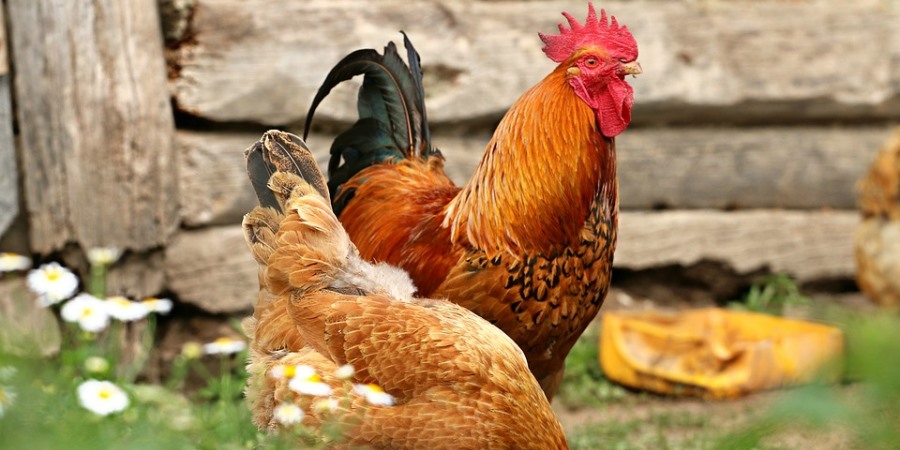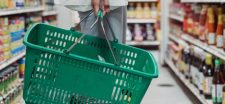RaboResearch Food & Agribusiness has published its annual global animal protein outlook. In general, African swine fever (ASF) overwhelms the outlook for 2020 – as it has done during 2019 – and will pull down overall growth, as well as bring uncertainty to all markets. In short, says the report, in 2020, the global animal protein sector faces an uncertain world, which will also offer opportunities for some.
Justin Sherrard, global strategist animal protein at RaboResearch Food & Agribusiness, summarizes what 2020 will bring: “Besides the impact of ASF, many trade disputes and issues are causing uncertainty for global animal protein, with the US-China trade war the most apparent – but not the only – trade uncertainty. In addition, the ongoing rise of alternative proteins also adds to the uncertainty – even though Rabobank has a less bullish view of alternatives than others do.”
“In our view, sustainability is just as important as other areas of uncertainty, as it will shape the growth of animal protein production and consumption through the 2020s.”
The report also covers sustainability developments, which are slightly less prominent than the above issues. However, says Sherrard: “In our view, sustainability is just as important as other areas of uncertainty, as it will shape the growth of animal protein production and consumption through the 2020s.”
Opportunities
Despite the uncertainties, there are also opportunities. “The most obvious area of opportunity in global animal protein is the recovery from ASF, which, in Rabobank’s view, will extend through the 2020s. Winning on sustainability is another opportunity, which can be achieved by harnessing the supply chain and moving ahead of market signals. Finally, investing to secure ongoing trade flows can also be an opportunity, as this can reduce some of the uncertainty and secure continuous market access”, concludes Sherrard.
Production Outlook
Rabobank expects growth in most regions in 2020, but the impact of ASF in Asia overwhelms the outlook. In particular, China’s production losses will exceed the growth in all other regions combined. Across species, aquaculture and poultry will lead production growth in 2020, while beef will be stable, and wild-catch seafood will decline again. All of these changes are minor compared with the production decline in pork.
Seafood
With regard to seafood, RaboResearch expects a modest growth of salmon supply, with Norway expected to be the main, albeit modest, supply driver in 2020. The shrimp industry is also set for growth, despite low prices, with Ecuador, followed by Vietnam and Indonesia, leading production gains. The fishmeal market sees both lower supply and lower demand in 2020. ASF has impacted the demand for fishmeal in piglet feed in China, countering the effect of lower supply in 2019. Rabobank expects a similar pattern for 2020.
Regional outlooks
North America: Rabobank expects production for all species to rise in 2020 – led by pork, followed by poultry, and finally beef. While domestic consumption will grow, exports will need to pick up to manage this production growth.
Brazil: Production growth is expected for all species in 2020. Export opportunities are the main driver, although domestic demand is also improving.
Europe: Poultry and pork production are set to rise, driven by export opportunities. Beef production is expected to decline, in response to soft consumption.
China: ASF dominates the outlook, with a further decline in pork production in 2020. Production will grow for all other species, given the pork shortage and prices at high levels.
South-East Asia: ASF is already affecting pork production and is expected to spread further in 2020, impacting production. Poultry production will again rise strongly in 2020, partly in response to ASF. Beef production remains flat, but imports are on the rise.
Australia & New Zealand: Tight livestock inventories in Australia will see beef production down and sheepmeat production stable in 2020, with firm prices for both. Rabobank expects New Zealand’s beef and sheepmeat production to rise, with favorable price levels.
> Click here to download the full report.









